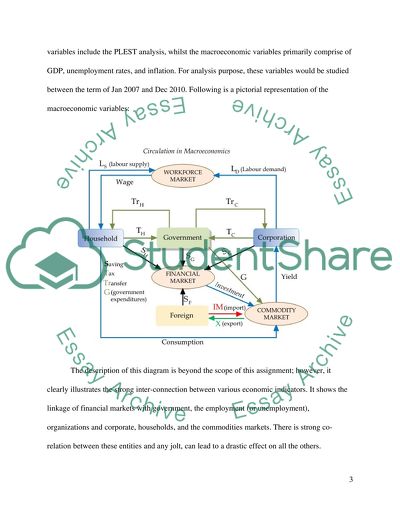Cite this document
(The Return of Depression Economics and the Crisis Case Study, n.d.)
The Return of Depression Economics and the Crisis Case Study. Retrieved from https://studentshare.org/finance-accounting/1453372-global-business-environment
The Return of Depression Economics and the Crisis Case Study. Retrieved from https://studentshare.org/finance-accounting/1453372-global-business-environment
(The Return of Depression Economics and the Crisis Case Study)
The Return of Depression Economics and the Crisis Case Study. https://studentshare.org/finance-accounting/1453372-global-business-environment.
The Return of Depression Economics and the Crisis Case Study. https://studentshare.org/finance-accounting/1453372-global-business-environment.
“The Return of Depression Economics and the Crisis Case Study”, n.d. https://studentshare.org/finance-accounting/1453372-global-business-environment.


